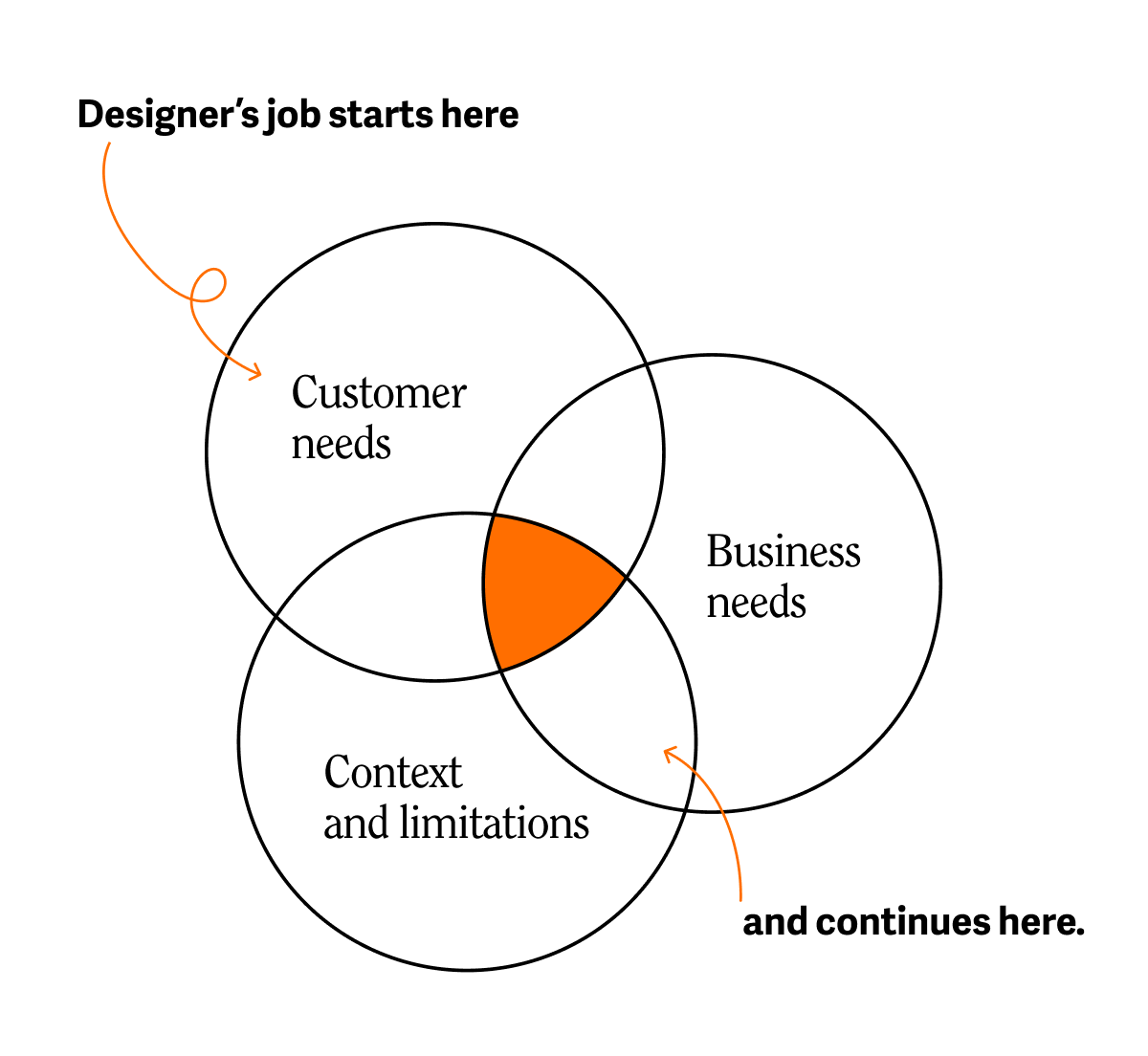Inquisitive mind? Subscribe to our LB* Insights newsletter. No fluff, just stories to make you think.
Companies that haven’t started working with their customers (more in my previous article about CX maturity) usually don't believe in customer research. The argument is simple and almost always somehow related to a popular anecdote: if Henry Ford asked his customers about their wants, they would say "We want faster horses". No car would ever be made, and that’s why we shouldn’t ask our customers for their solutions.
I want to show you two opposite views in regard to this anecdote, because I believe it makes better sense that way.
Customer’s POV: Do this, because it'll serve me better
Every customer will tell you things they dislike about your product or service. They would want it to be cheaper, faster, more reliable… And it makes sense. Everyone wants what is best for them. That’s why we shouldn’t expect solutions from our customers. We shouldn’t expect them to design for us.
Whether the anecdote is right or not, it does UX disservice. Especially if UX researchers don’t ask the right questions, the same as Henry Ford.
I would advise Mr. Ford to discover the needs of his customers. He would then realize that customers don’t need faster horses (solution). They need to move from point A to point B faster. And exactly this correct identification and isolation of customer’s needs inspires us to provide creative and diverse solutions.
And maybe, if Henry Ford asked the right questions, he wouldn’t come up with the car to replace horses, but invent a hovercraft or skateboard. And the world would look completely different now.
Business POV: If we only listen to customer’s solutions, we will go broke
Yes. If a company tried to satisfy their customers and invest heavily in their vision of perfect products, it would go broke. By this logic, we shouldn’t ask the customers about their ideas, because their ideas are biased and don’t make sense business-wise.
And yet, customers need to be heard a lot more. But the designer should not act only as the customers’ voice. The designer is there to solve problems.
A good designer is the person trying to achieve equilibrium between customers and what the business wants. Their task is not simply to address the customer's need, but also the context in which the solution is created – and that is the investing company.

Besides, UX design preaches that we should start with the customer. Or else we will get stuck in our own beliefs that don’t necessarily reflect in our customers.
At Lighting Beetle*, we push our CX designers to always look for solutions that address customers' problems, bring value to the business and are viable in the business context. This way sustainable and good solutions are made.
And how about you? Do you ask for customers’ solutions or needs?
Did you find this interesting? It's from our LB* Insights newsletter. Give it a try.


